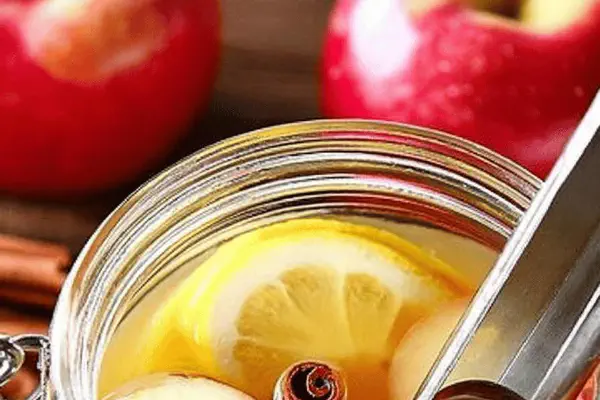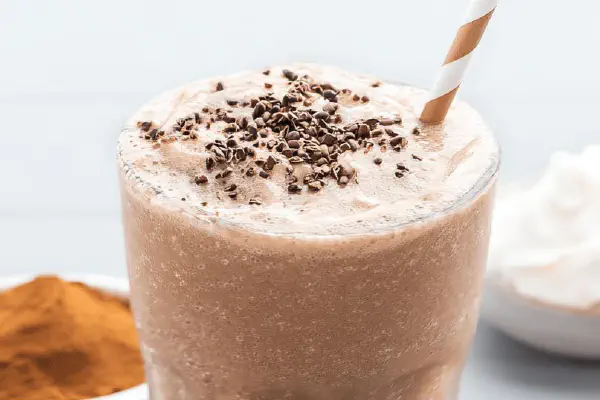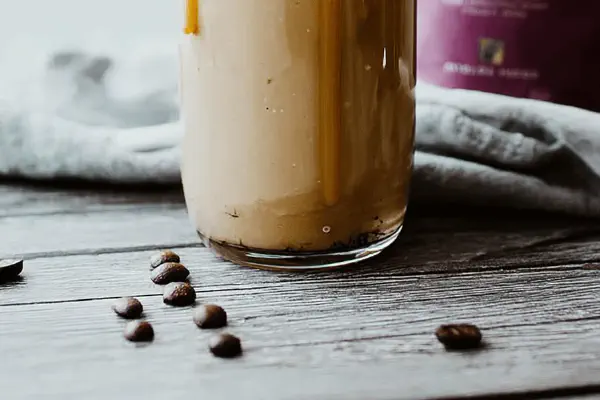Autumn Spice Tea Punch

By Emma
Certified Culinary Professional
Ingredients
- 4 cups water
- 5 black tea bags
- 3 cinnamon sticks
- 3/4 cup dark brown sugar
- 2 cups apple cider
- 1 1/2 cups mango nectar
- 1 cup fresh orange juice
- Apple slices for garnish
- Orange slices for garnish
About the ingredients
Method
- Heat water in a medium saucepan until it just reaches a rolling boil , bubbles rising fast but not violently. Timing matters less than watching these little bubbles that signal full extraction potential without scorching flavors.
- Remove pan from heat immediately , drop in tea bags and cinnamon sticks. The aroma should start unfolding quickly, a sharp scent of cloves and wood in the air is your cue. Steep around 7 minutes , feel the water darken to a deep amber—not too muddy. Oversteeping brings bitterness; trust the color, not the clock.
- Fish out tea bags carefully , press gently to wring out deep flavors without squeezing bitterness. Toss cinnamon sticks out after or keep for reuse in mulled wine if you want to double-duty your spice stash.
- While tea’s still warm , stir in the dark brown sugar until fully dissolved. Brown sugar melts slower than white; missed granules ruin the texture—watch for glossy sheen on the liquid surface. Avoid adding sugar at steeping stage to prevent cloudiness.
- Transfer the sweetened tea into a large serving container. Then pour in the apple cider which adds tartness and a gentle punch well paired with spices.
- Swap in mango nectar here instead of pineapple juice for a richer, velvety sweetness and a tropical aroma that rebalances the whole punch. Mango nectar’s thicker, so stir vigorously to marry flavors thoroughly.
- Finish with fresh orange juice , freshly squeezed squeezing the fruit releases oils from rind that float on top, adding perfume and slight bitterness—not a flaw but a needed contrast.
- Garnish robustly with thin apple slices and wide orange wheels , spread evenly. This looks rustic and inviting, and adds a fresh snap with every sip. Toss frozen cranberries if you dare for added tart bursts.
- Serve chilled or with large cubes of ice , chilling dulls intensity so punch boldly. Avoid watering down by pre-freezing juice cubes.
- Store leftovers in airtight container in fridge , spices will continue to infuse slowly; flavor changes next day—try reheating for a mulled twist if punch gets too mellow.
Cooking tips
Chef's notes
- 💡 Steep tea just off boil quickly. Watch small bubbles gently rising—no violent boil or burnt smells. Aroma is first clue. Cinnamon sticks release cleaner spice than ground; ground settles, dulls mouthfeel.
- 💡 Add sugar hot but after steeping. Dark brown sugar melts slow so stir well until glossy liquid surface. Skipping this makes gritty texture; white sugar lacks molasses notes that balance bitterness.
- 💡 Mango nectar thicker than pineapple juice; stir vigorously when swapping. Otherwise layers stay separated or coat container bottom. This trick changes punch body; aromatic oil from fresh orange juice floats on top—don’t over-stir to keep these aromas intact.
- 💡 Press tea bags gently when removing; squeezing too hard releases bitter tannins. Look at color shift—from light amber to deep chestnut. When color feels muddy, bitterness soon follows—stop steeping there.
- 💡 Serve punch with large ice cubes or freeze juice into cubes to avoid dilution. Frozen fruit garnish adds subtle aroma release but avoid overloading or juice turns cloudy quickly.
Common questions
How to avoid bitter tea taste?
Don’t oversteep past 7 minutes. Remove from heat immediately once boiling before adding tea. Watch color and smell, not timer. Press bags gently only. Bitterness comes fast if tea sits or bags squeezed hard.
Can I swap apple cider?
Pear cider works fine for softer tartness but changes flavor profile. Avoid bottled citrus juice; fresh orange juice crucial for punch brightness. Honey or maple syrup possible for sugar sub but honey mutes citrus; maple can be too strong.
Why is mango nectar better than pineapple?
Mango nectar adds sweetness and thicker texture, so punch feels richer. Pineapple sometimes clashes with cinnamon acidity. Stir mango extra hard so it mixes fully or bottom gets sticky layer.
How to store leftovers?
Airtight container in fridge best. Spices keep infusing so flavor shifts over day or two. Reheat gently for mulled twist. Avoid reheating multiple times. Freeze if long storage needed but fresh juice aromas fade fast.



